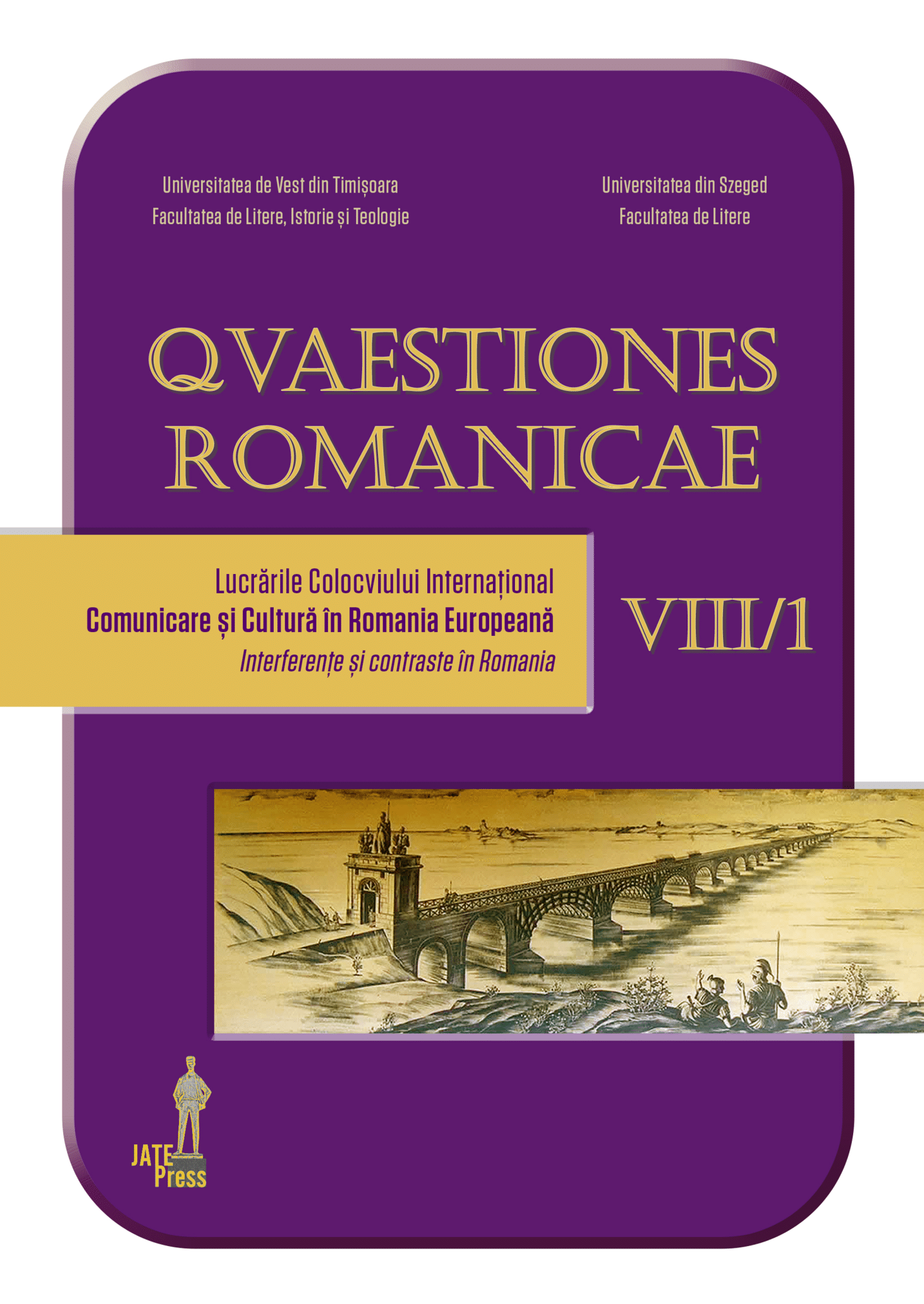Creuzetul parizian: Brâncuși, Giacometti și alți sculptori „romanici”
Parisian Melting Pot: Brancusi, Giacometti, and Other „Romance” Sculptors
Author(s): Sorin AlexandrescuSubject(s): Visual Arts
Published by: Universitatea de Vest din Timişoara
Keywords: Romanian Avant-garde;Italian Avant-garde;Parisian melting pot;Giacometti;Brancusi;Arp;Zadkine;
Summary/Abstract: In the years after 1900 the French Belle époque signified, among many other things, a very active avant-garde in sculpture, founded by several artists just arrived in Paris, mostly from Romance countries and some Slavic countries that at the time were still parts of (Greater) Russia, meaning : the Spaniard Picasso, the Italians Modigliani, and later on Giacometti, Brancusi from Romania, Jean Arp from Alsace, first a province of Germany but after the first World War relocated to France, Zadkine from Belarus, Archipenko from Ukraine and Lipchitz from Lithuania. Many points of their manifestos and the interpretation of their works, on the contrary, were composed either by French surrealists as Breton or by French journalists and art critics like Bataille, Carl Einstein or Leiris, from the renown revue Documents. My first remark is that the quick success of this avant-garde group in dominating the Parisian sculpture world after the dead of Rodin and the decline of his disciples Bourdelle and Maillol, suggests that a change in sculpture was at the time really needed. But how was this to occur? In order to explain the success of the avant-garde, however, I do not take over some usual explanations like the slightly romantic one of Brancusi’s œuvre or the psychoanalytic ones of Georges Didi-Huberman or Vladimir Marinov. On the contrary, I try to identify common themes in the works of Brancusi and Giacometti, or the other ones, in spite of the big difference between their works. All of them refused the usual human figuration but filled in this absence either with symbolic beings of the air or the water, as Brancusi did, or resorted to sexual images like Giacometti before the second World War, or to tragic, extremely thin characters, after the war. Arp, still in another way, concocted strange non-existing creatures. The integrating symbols of Brancusi opposed thus the tragic world of Giacometti and the weird one of Arp. However, all of them tried partially to recover in a way remnants of old primitive ways of looking at the world that meanwhile had been covered by modernism. European avant-garde sculpture was thus born by a double move, not by only a one, meaning, first, simultaneously renewal of the recent past and partial return to a distant one, and secondly, internationally expressing it in stone but asking Parisian art critics to bring it in the French Melting Pot and comment on it.
Journal: Quaestiones Romanicae
- Issue Year: VIII/2020
- Issue No: 1
- Page Range: 18-46
- Page Count: 29
- Language: Romanian

